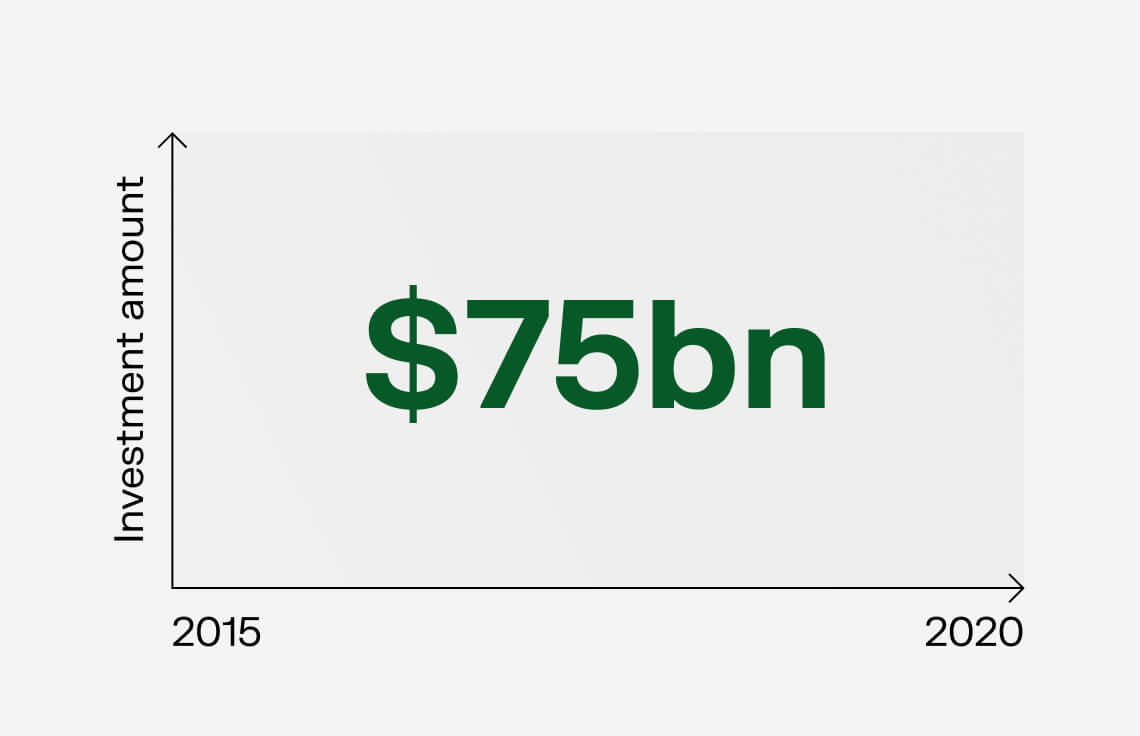One of the most relevant topics in corporate finance is the role of synergies in operations of mergers and acquisitions (M&A’s). Likewise, one of the most relevant themes in antitrust policy is the role of static economic efficiency in concentration acts (CA’s). On the other hand, dynamic economic efficiency forms one of the great drivers of synergies in M&A’s. However, dynamic economic efficiency is usually neglected in CA’s analyses.
The reader may have noticed the fact that, when I refer to the operations of purchase and sale of assets and corporate transactions, I use the term M&A’s; and when I refer to the analysis of concentrations by antitrust authorities, I use the term CA’s. This distinction is intended to highlight a point that normally generates a lot of confusion: an M&A, which is capable to generate great synergies and dynamic efficiency, may not necessarily generate great static economic efficiency.
I suppose the reader may have been confused. In fact, the topic itself is scarcely confusing. We will need to understand better each of these concepts.
One of the most comprehensive books on the topic of synergies in M&A’s is “The Synergy Trap: How Companies Lose the Acquisition Game, by Mark L. Sirower . The author defines synergy as the “addition of the combined companies’ performance over what they would be expected to achieve as independent companies”. (Sirower, 1997 p. 20). Therefore, the author continues, synergy means incremental gains and competitive advantages above what “companies need to survive in their competitive markets”.
The next question to be addressed would be: what are the sources of these synergies?
Many authors believe that synergies originate from the dynamic capabilities arising from M&A’s operations. Therefore, dynamic capabilities would result in dynamic (or Shumpeterian) economic efficiency. “Dynamic capabilities are the antecedent organizational and strategic routines by which managers change the basis of their resources, acquire and create resources, integrate and combine them to generate a new value creation strategy (Eisenhardt & Martin, 2014, p. 214).
The notion of competitiveness gains in the theory of dynamic capabilities results from the company’s innovative potential to generate value from the accumulation and creation of new rare and exceptional resources, combined with already existing resources.
An acquisition can be considered as a purchase of a bundle of resources in highly imperfect markets. By basing the purchase of a rare resource, one can, ceteris paribus, maximize this imperfection as well as the chances of buying that resource at a cheap price and achieving good returns.
Wernerfelt, 2014
An acquisition can be considered as a purchase of a bundle of resources in highly imperfect markets. By basing the
Two points should be highlighted about the theory of dynamic capabilities. The first one is that the company does not seek to accumulate strategic resources to increase its market power (market share). In fact, it seeks to “maximize this imperfection”, that is, it seeks to create a new and exclusive market just for itself, that is, to establish a monopoly. In summary, the company is looking for its “Blue Ocean”. The second point is that this approach highlights the strategy of competitive dynamics at the company level, not at the sectoral level, as the strategic approach in the neoclassical economic tradition often tends to be. This tradition provides all the analytical tools of antitrust authorities around the world.
Neoclassical economics works with the notion of static economic efficiency and the analysis of CA’s implies, in most cases, an exercise in cost-benefit analysis. The benefits would correspond to the reduction of operating costs resulting from economies of scale and scope arising from the concentration. On the other hand, costs would be associated with the greater market power of the incumbents, as a result of the reduction in the number of competitors in that market. In this sense, an CA’s would only be eligible for approval if its benefits exceed its costs.
The above paragraphs sought to elucidate the reasons why the issue of efficiency tends to be so controversial and “cacophonic” within the scope of the analysis of CA’s by antitrust authorities. The fact is that companies and authorities do not always speak the same language.
For example, antitrust authorities often ask companies to discuss the economic rationale of their M&A’s transactions and, in some cases, also to provide estimates of (static) economic efficiency. However, companies generally present their justifications in terms of synergies and economic (dynamic) efficiency. Therefore, the authorities tend to (quite often) dismiss the efficiency arguments presented by companies. In practical terms this means that, from a cost-benefit analysis point of view, the expected benefits calculated for the operation are minimal.
It’s clear that not all companies are oriented to engage in M&A’s because of the accumulation of strategic resources and innovation. It’s evident that many companies simply seek to eliminate competitors and increase market power. But wouldn’t an analysis of CA’s efficiency based solely on static economic efficiency be a problem? Wouldn’t it be more appropriate to incorporate the analysis of dynamic economic efficiency in the CA’s analysis “toolbox”?
This was exactly the point made in the article entitled “Dynamic Competition in Antitrust Law”, by J. Gregory Sidak and David J. Teece, published in the Journal of Competition Law & Economics, 2009. The authors sought, with the publication of this article, to instigate the discussion that would guide the revision of the Horizontal Merger Guidelines of the DOJ and FTC, which took place the following year, in August 2010.
In fact, the authors managed to instigate discussion and debate, mainly due to the opposition of economists and jurists linked to the antitrust tradition of the Chicago School. Sidak and Teece’s proposal did not succeed in the review of the US guide in 2010. It did not find repercussion in other jurisdictions either.
It is not possible to make an inference as to how much progress or setback we would get by introducing dynamic economic efficiency analysis into the antitrust economic analysis toolkit. The only completely clear point is that the discussion of economic efficiency analysis remains one of the most controversial and obscure topics in CA’s analysis.
Accordingly, Wernerfelt (2014) defines an acquisition in the following terms:
1 This article was originally published in Portuguese by WebAdvocacy.
2 SIROWER, M. (1997). The synergy trap: how companies lose the acquisition game. The Free Press: New York, NY.
3 EISENHARDT, K.M. & MARTIN, J.A. (2014). What are dynamic capabilities. In: LACERDA, D.P.; TEIXEIRA, R.; ANTUNES, J.; NETO, S.L.H. (org.). Resource Based Strategy. Porto Alegre: Bookman, 2014.
4 WERNERFELT, B. (2014). The resource-based view of the enterprise. In: LACERDA, D.P.; TEIXEIRA, R.; ANTUNES, J.; NETO, S.L.H. (org.). Resource Based Strategy. Porto Alegre: Bookman, 2014.
5 KIM, W.C. & MAUBORGNE, R. (2019). Blue ocean strategy: How to create new markets and make competition irrelevant. Sextant Publisher: Rio de Janeiro, RJ.
6 SIDAK, J.G. & TEECE, D.J. (2009). Dynamic Competition in Antitrust Law. Journal of Competition Law & Economics. Vol. 5(4): p. 581-631.



